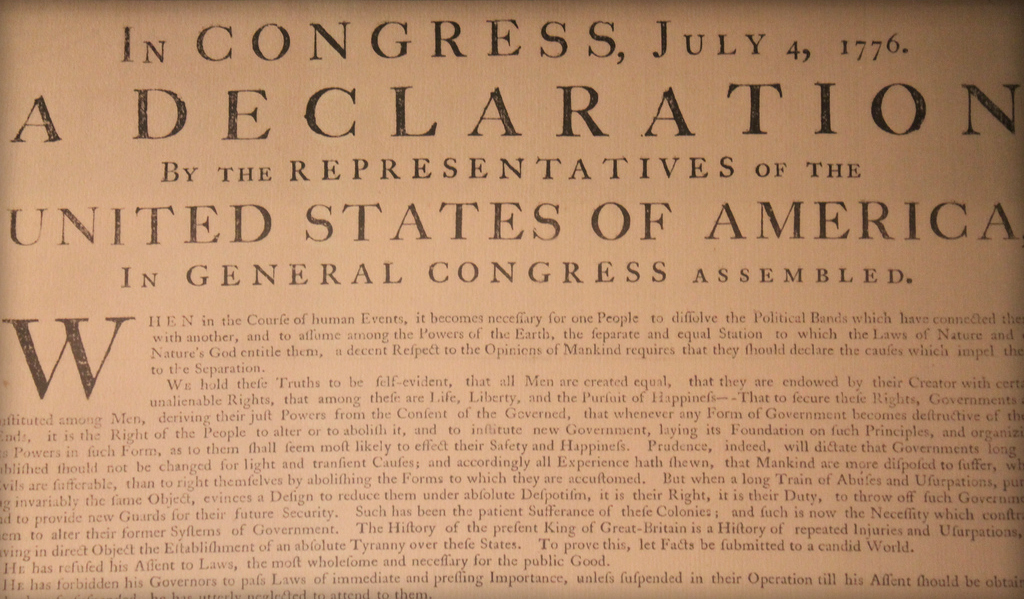

To finish, a fun fact about ampersand: The word ampersand is a corruption of the phrase “and (&) per se (means) and”. The first lets you type many special characters directly. In TeX/LaTeX, typesetting these historical ligatures involves either the inputenc package or the backslash escape character (i.e. There are many more examples in modern European and other languages, not necessarily originating from Latin or Germanic. cédille, e.g. ç), also called hook or tail, is a subscript z. ô) originates from an s in Latin that became silent. For example, the German Umlauts ä, ö, and ü are ligatures.

However, many people are not aware of them. There are a myriad of historical ligatures in modern European languages.

Other software, such as Word, introduced them much later. The computer typesetting system TeX supported ligatures since its beginning in the 1980s. If this font were a character: Caslon, a no-nonsense bespectacled professor, who still gets visits from ex-students years down the line because they. Stylistic ligatures occurred more “recently”, with the invention of (analog) printing. Quick fact: Caslon's designer William Caslon spearheaded the development of an English typographic style, sparking a move away from imported Dutch fonts that were common in England at the time.
#The ampersand in caslon font pro
Among those revivals are two Adobe versions, called Adobe Caslon (1990) and Adobe Caslon Pro (which includes an extended character set). These, as well as all of their consecutive revivals, are referred to as Caslon. Around 1720 he created an extended set of serif typefaces. Historical ligatures were present since the beginning of scripts, possibly to increase writing speed. William Caslon I was an English gunsmith and designer of typefaces. There are two classes, historical and stylistic ligatures. Ligatures are a class of glyphs composed of two individual letters.

Both include a similar curled arm across the t, closely resembling an unfinished infinity symbol.I have been fascinated with typographic ligatures for quite some time. The crossbar of the lower case e is gone, and replaced with an ascending, forward sloping stem that intersects the two letters. Garamond’s, on the other hand, favors lower case versions of both letters equal in height. Caslon’s ampersand gives considerable weight to the e, using a capital of the letter, that cradles a smaller, calligraphic capital t within it’s counter. Both bear similarities and unique differences that set them apart, ensuring that one of the two will likely be the right fit for any type job. Top row from left to right: Baskerville Italic, Palatino Italic and Adobe Caslon. This style is generally very elegant, and has given rise to a range of genuinely creative and diverse symbols. It’s widely regarded that William Caslon cut the finest ampersand in the mid-1700s for the typeface we know as Caslon, but Claude Garamond’s italic ampersand is arguably the fanciest, clearest representation of the character’s origin-the combination of e and t from left to right. In addition to these simple ampersands, used mostly in Roman fonts, there is also a cursive style with more pronounced curves, influenced by calligraphy. Regardless of the symbol’s 2000 year old roots, the ampersand remained a fairly unused symbol until the advent of the printing press in 1455. The ampersand can be traced back to 1 st century Roman cursive, in which the letters e and t were occasionally written together to form a ligature, while the modern italic ampersand is reminiscent of Renaissance cursive scripts. According to author Simon Garfield, “much of what one needs to know about the history and beauty of a font may be found in its ampersand.” Often regarded as a single character or glyph, the ampersand is actually a logogram representing the conjunction word “and,” and is actually two characters combined-the e and the t of the Latin “et.” The term ampersand being a conflation of the phrase “and per se and.” The term supposedly came into being when André-Marie Ampère began using the symbol in his publications, and people began referring to it as “Ampère’s and.”


 0 kommentar(er)
0 kommentar(er)
